Altris AI Platform
The goal of the Altris AI team is to make the Optical Coherence Tomography (OCT) analysis workflow more efficient. This is achieved with the help of AI algorithms that sort out pathological OCT scans and analyze them on the presence of retina pathologies and biomarkers.
First, the AI Severity detection module sorts out all non-pathological OCT scans. It means that an eye care specialist can work only with scans where retina pathologies and biomarkers are present. Which automatically means more time for patient communication.
Second, Altris AI analyzes pathological OCT scans on the presence/absence of 70+ retina pathologies and biomarkers. The list includes some very widespread pathologies and biomarkers, such as Geographic Atrophy, Diabetic Retionopathy, various types of drusen as well as rare biomarkers, such as Tapetoretinal Degeneration or Macular Telangiectasia Type 2. More than that, automated measurements of area and volume or biomarkers is available.
There is also a completely new module inside Altris AI that is worth mentioning: Glaucoma Risk Analysis. Early detection of glaucoma is challenging: the signs can be subtle making them difficult to detect. Ganglion Cell Complex asymmetry analysis categorises the risk of developing glaucoma. The module uses the same macula scans as the other Altris AI features and will help to determine which patients are at higher risk. Glaucoma Early Risk Assessment Module decreases the number of false positive referrals and increases the standard of care by supporting the early diagnosis therefore timely treatment will improve the patient's prognosis.
Several months ago Alris AI received FDA clearance in addition to the CE certificate that we had before. The system is also GDPR and HIPPA compliant which means that the security of patient’s data is our core priority.


)
)
)
)

)


.jpg)

)
)
)
.png/fit-in/1280x9999/filters:no_upscale())
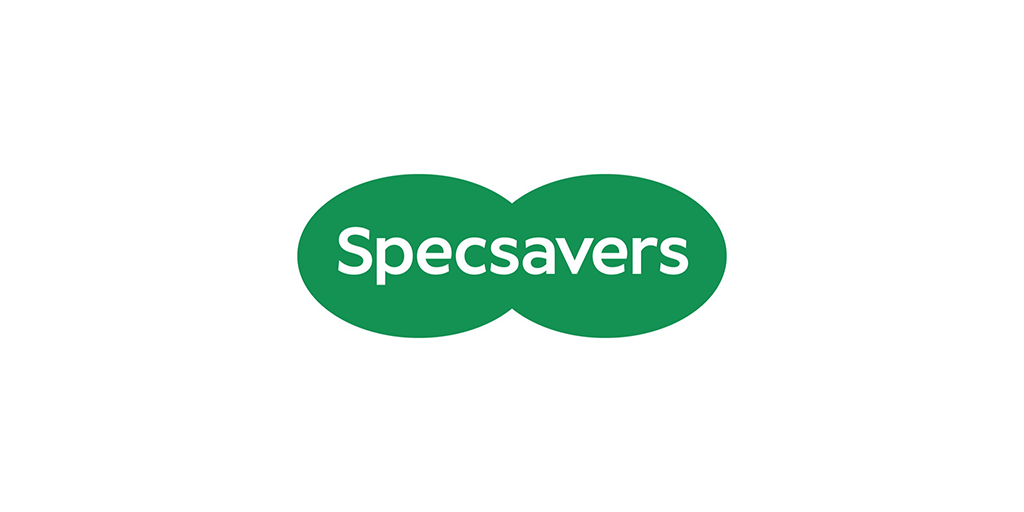
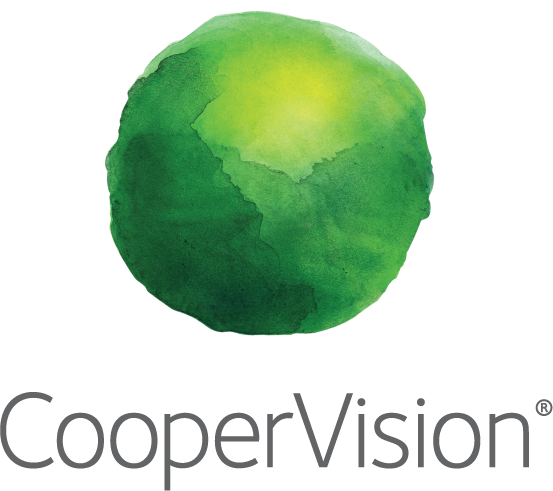
)
)
)
)
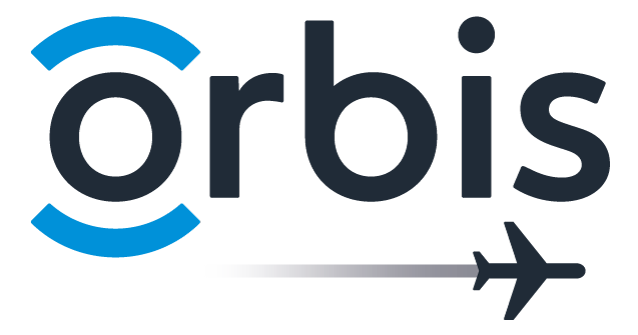
)
)
)
.png/fit-in/1280x9999/filters:no_upscale())
.jpg/fit-in/1280x9999/filters:no_upscale())
)
.jpg/fit-in/1280x9999/filters:no_upscale())
)
)
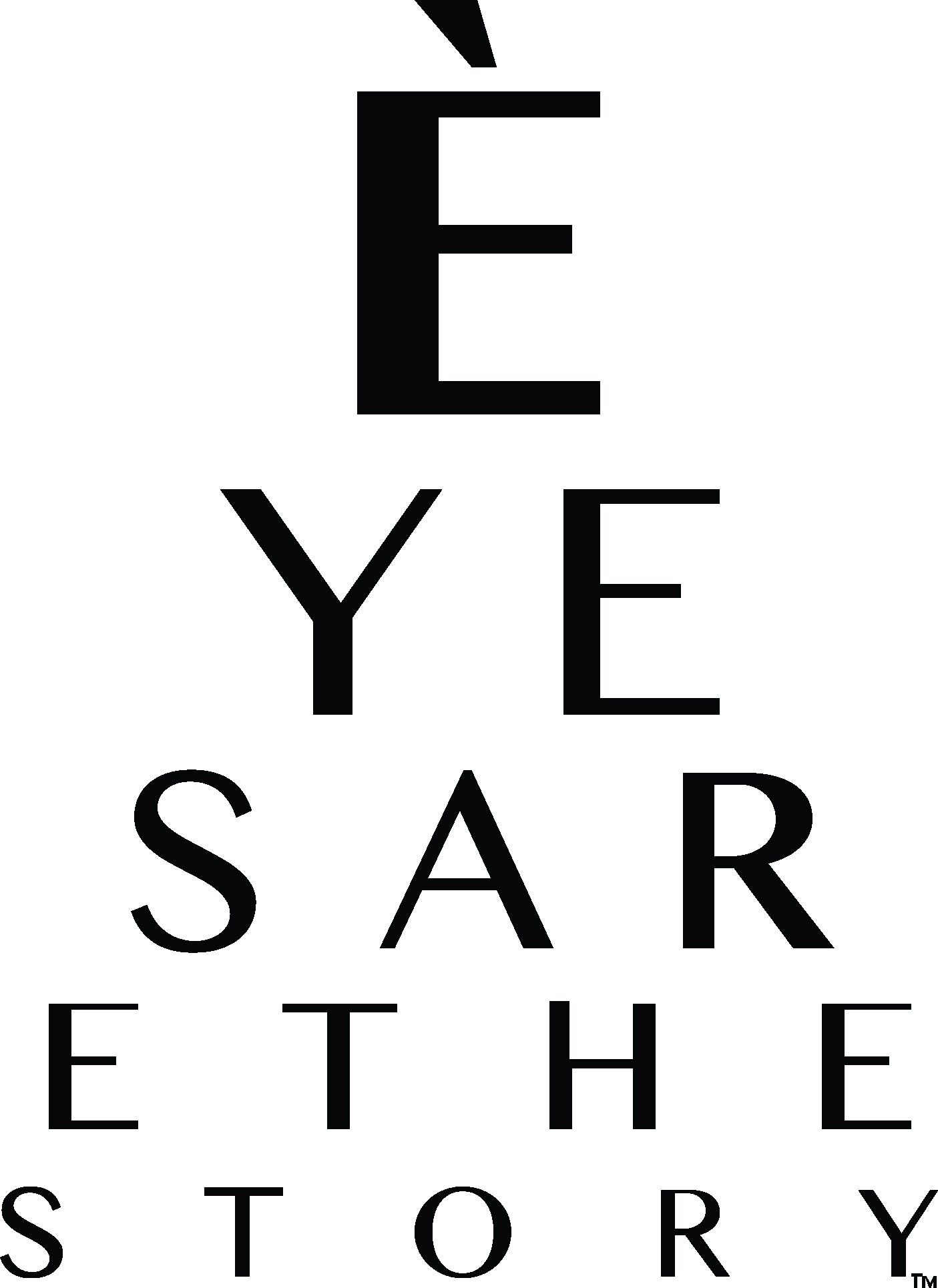
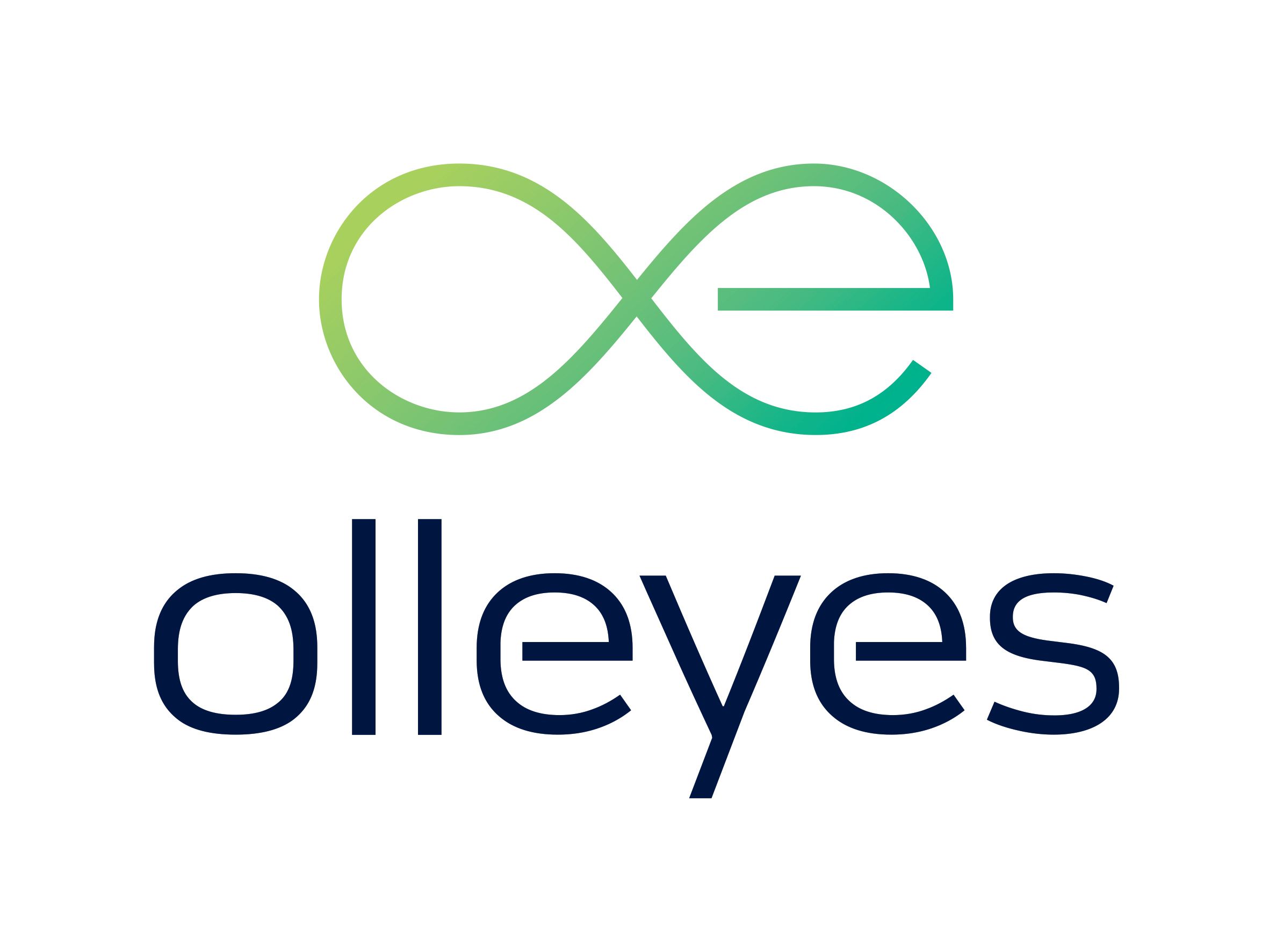
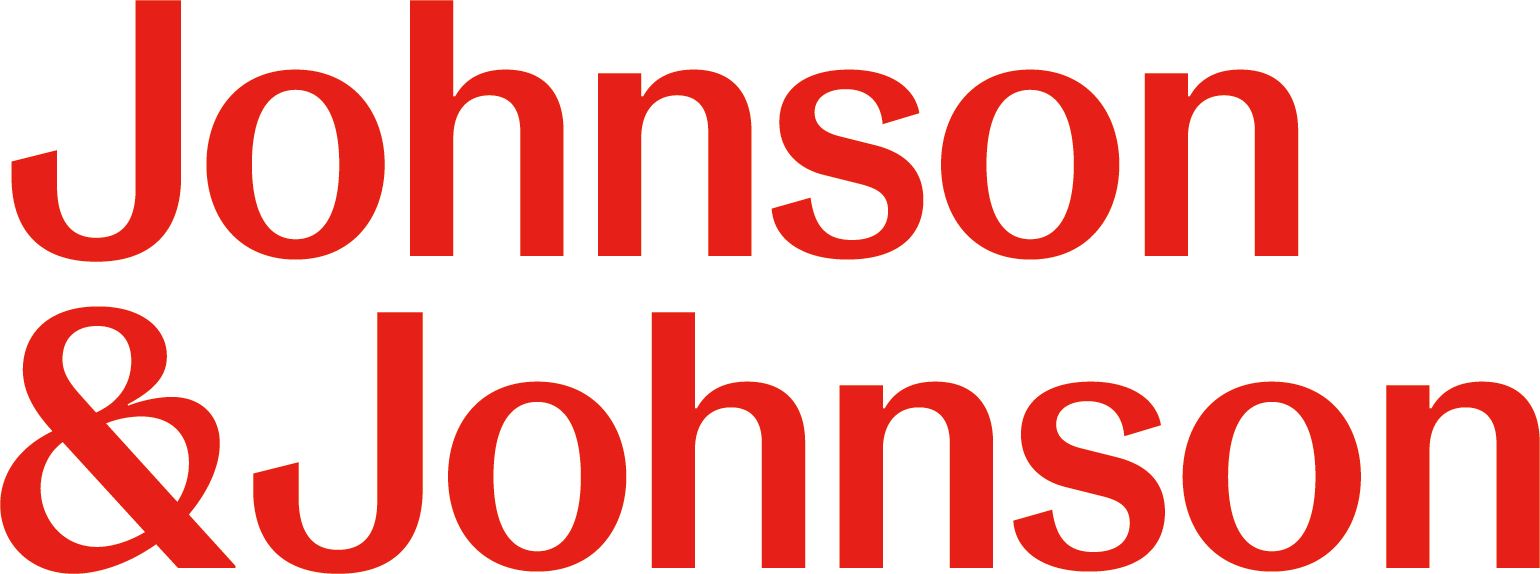
)
)
)
.jpg/fit-in/1280x9999/filters:no_upscale())
)
)
.jpg/fit-in/1280x9999/filters:no_upscale())
)
)
)
)
)
)
)
.jpg/fit-in/1280x9999/filters:no_upscale())
)
)
.jpg/fit-in/1280x9999/filters:no_upscale())

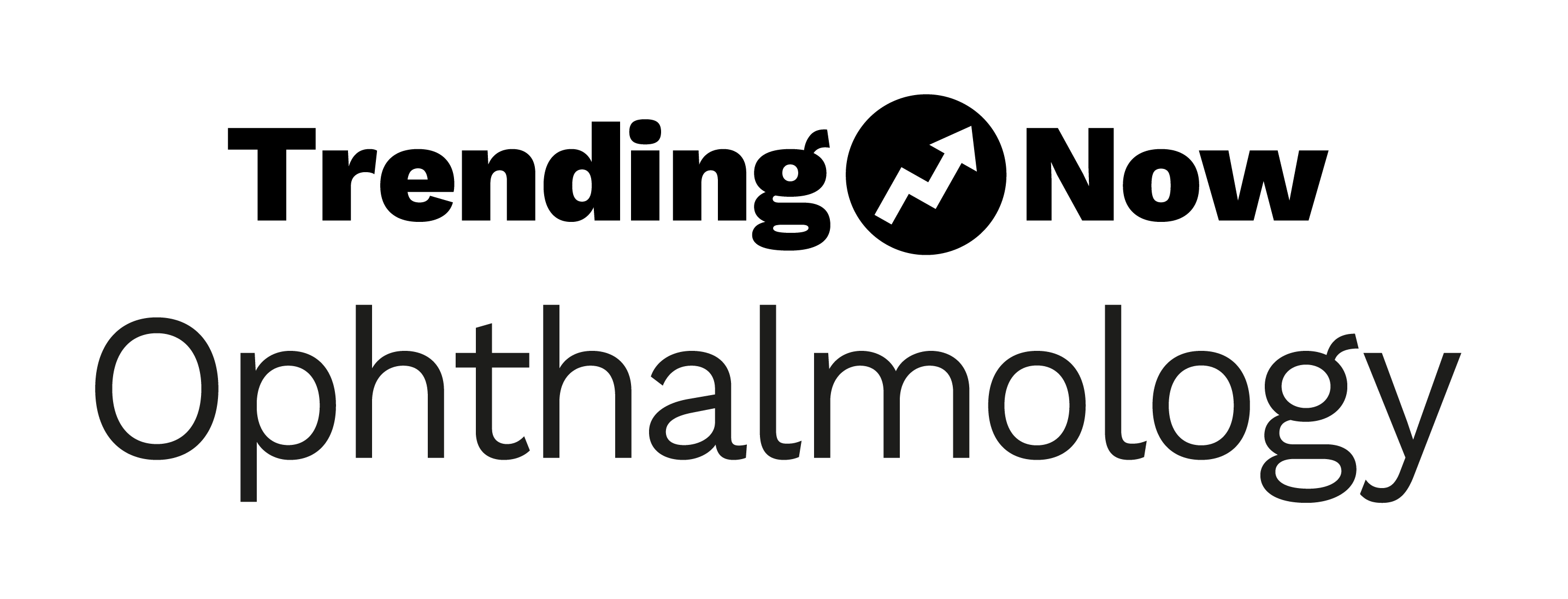
)
)